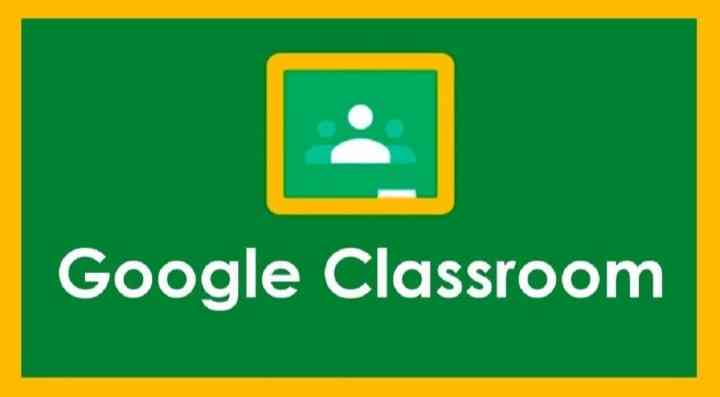In the rapidly evolving landscape of education technology, Google Classroom stands out as a robust platform that revolutionizes the way teachers and students engage in the learning process. This article explores the key features and benefits of Google Classroom, shedding light on its significance in modern education.
Section 1: Understanding Google Classroom
1.1 What is Google Classroom?
Google Classroom is a free web service developed by Google for schools that aims to simplify creating, distributing, and grading assignments in a paperless way. It integrates seamlessly with other Google Workspace apps, providing a centralized hub for educational activities.
1.2 Key Features
Streamlined assignment creation and distribution.
Real-time collaboration on documents and projects.
Seamless integration with Google Drive for easy file sharing.
Efficient grading and feedback system.
Section 2: Setting Up Your Google Classroom
2.1 Getting Started
Walkthrough the initial steps of creating a Google Classroom, inviting students, and customizing class settings.
2.2 Class Stream and Communication
Highlight the importance of the Class Stream for announcements, discussions, and resource sharing. Discuss communication tools within the platform.
Section 3: Optimizing Teaching and Learning
3.1 Assignments and Assessments
Explore the assignment creation process, including different types of assignments, due dates, and attachments. Discuss the grading interface and feedback options.
3.2 Collaboration and Communication
Demonstrate how Google Classroom facilitates collaborative learning through features like Google Meet integration and group projects.
Section 4: Leveraging Additional Tools







